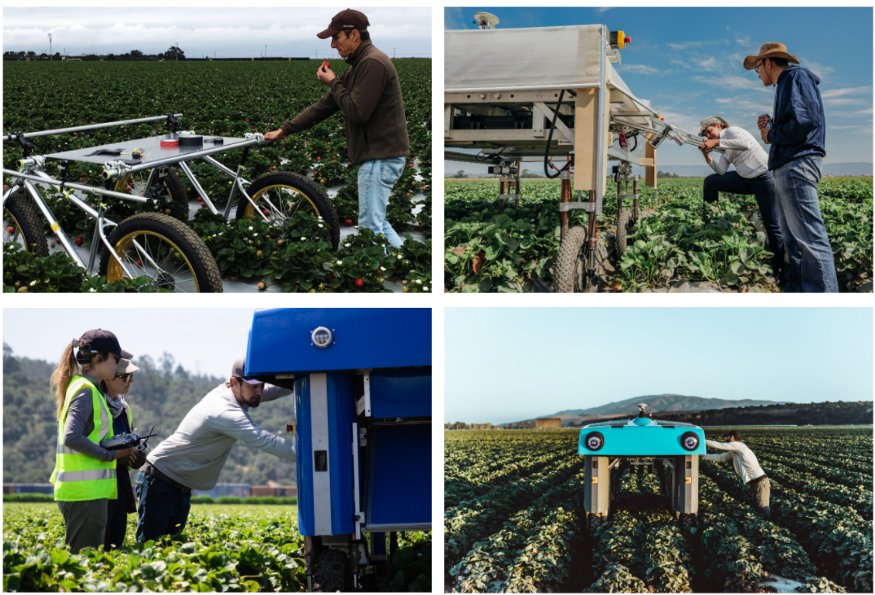
Computational Agriculture
X, the moonshot project incubator run by Google’s parent company Alphabet, is working on prototype robots designed to help grow everthing from strawberries to soy beans.
In a blog post, X project lead Elliot Grant discusses a new project he’s working on called “Mineral” — a suite of hardware and software tools that analyze the “complexity of the plant world.”
In other words, the goal is to get better insight into how our food grows — and quantify it, a process Mineral is calling “computational agriculture.”

Plant Buggy
Meet, for example, the “Plant Buggy.” It’s an adorable little rover, reminiscent of NASA’s crawlers examining the landscape on Mars, that can “collect plant-level insights” such as spotting any desirable or undesirable traits a certain plant may have.
“By combining the imagery gathered by the plant buggy with other data sets like satellite imagery, weather data, and soil information, the team is able to create a full picture of what’s happening in the field and use machine learning to identify patterns and useful insights into how plants grow and interact with their environment,” reads the startup’s website.
Mineral is hoping that its tools will enable us to predict how plants respond to different environments and how to better predict the yield of a certain crop by precisely tracking plant growth over time.
The small startup is still “in development” according to its website, but it is already “learning from innovative breeders and growers in Argentina, Canada, the U.S. and South Africa.”
READ MORE: Mineral: Bringing the era of computational agriculture to life [X]
More on agriculture: UN Warning: Food Is Going to Get Really, Really Expensive